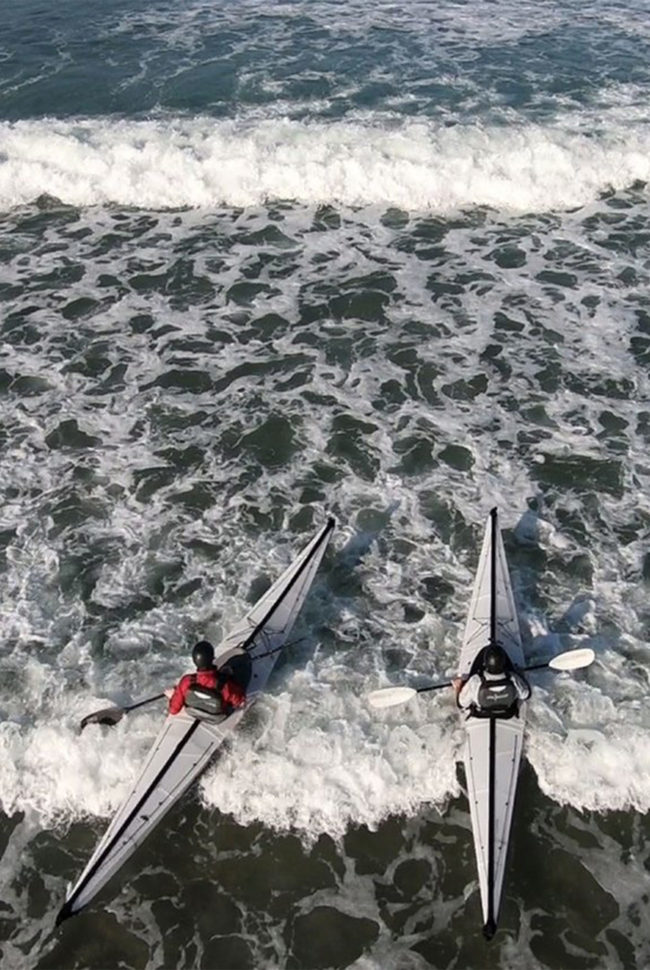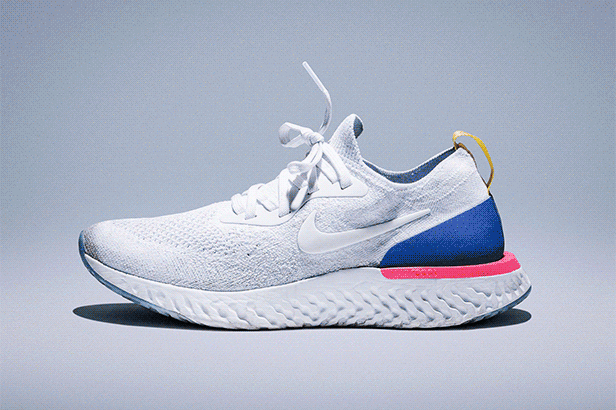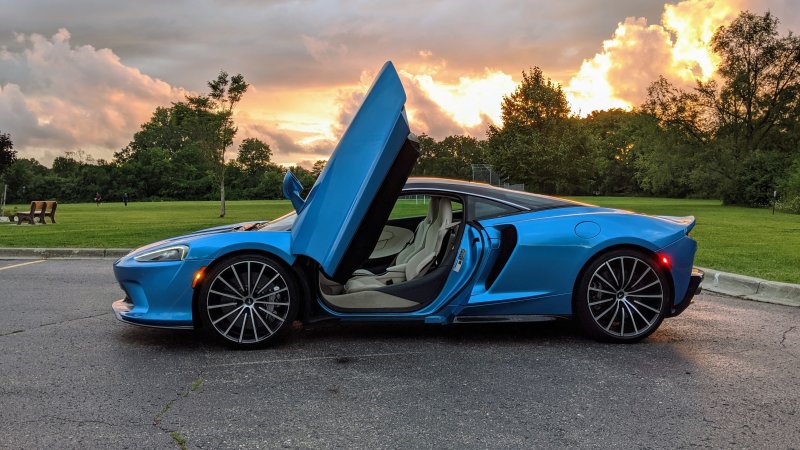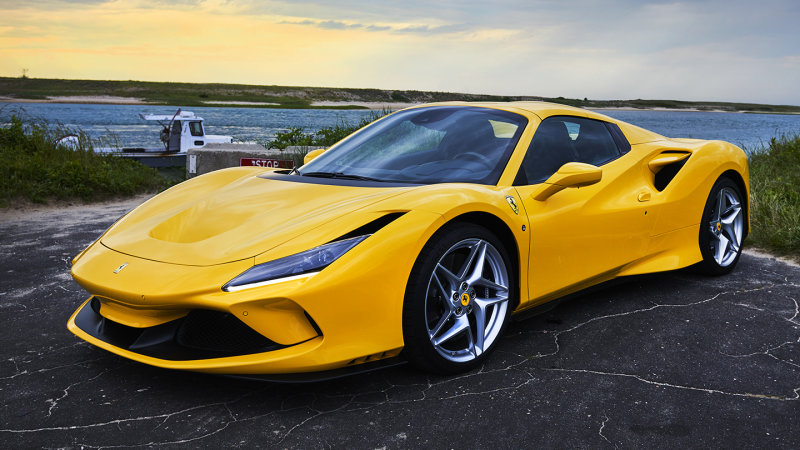It was a profile of master origamist Dr. Robert J. Lang found in the pages of The New Yorker that inspired Anton Willis to create a foldable kayak. His first iteration, made of the same corrugated polyethylene used to make election lawn signs and US Postal Service tote boxes and duct tape, sunk in less than a minute.
Willis kept at it and eventually launched the Oru Kayak in what was at the time the most successful crowdfunding campaign for an outdoor product, ever. Oru now makes three models, the Beach LT, Bay ST and Coast XT, all using that same material in different sizes, for different uses.
At 16 feet, the Coast XT is the biggest of the fleet. Its design is inspired by Arctic kayaks, and with lots of internal storage and deck rigging, the boat is capable of handling multi-day expeditions. Last April, Oru announced a new update to the Coast XT through an Indiegogo campaign that raised over $250,000 (yes, it was a success).
The Good: The benefits of Oru’s origami-inspired design are plain. It’s super-light and storage-friendly; you can fit it in the trunk of a sedan or inside of your apartment. It makes owning a 16-foot boat an actual possibility for city dwellers.
The Coast XT has been around for a couple of years now, but the 2018 update makes some key changes that have a significant impact. The first and foremost of these is the new closure system, which uses a “zipper channel system” to seal the boat (this happens on the kayak’s top, running from the cockpit toward the tip of the bow and stern). The previous iteration used clips that required a fair amount of wrestling — the new method is much easier to assemble.
There’s also the addition of thigh braces for increased control of the boat, which paddles much better than you’d think a fold-up kayak could.
Who It’s For: With the new improvements that make folding the kayak from box to boat, the Oru will be appreciated by anyone that loves paddling. Apartment dwellers and small car owners will get the most out of the storage-friendly shape. More adventurous kayakers will find benefit in the Oru too, as its portability makes it easy to check on a flight and a separate backpack strap accessory makes hard-to-access lakes much more reachable.
These facts are true for all of Oru’s kayaks. In addition to them, I’ll say that the Coast XT is optimized for touring and expedition use, and those who favor short paddles will benefit more from one of the brand’s smaller boats.
Watch Out For: Despite the welcome improvements, the Coast XT still requires a small effort to put together, so be prepared for that. Do not throw away the instruction book either, because it isn’t exactly a straightforward operation (but it doesn’t take more than one or two times to get it down pat).
Storing gear inside the boat must be done before the zipper channels are applied and the hull is closed, and is a bit of a puzzle — overstuff it, and sealing the rig will be very tricky. Additionally, the seat can be quite uncomfortable after even just an hour or two on the water.
Lastly, an issue that’s good for them bad for you: these boats are in high demand and sell out quickly — if you want one, keep an eye on Oru’s website and sign up for its email newsletter.
Alternatives: Some, mostly foreign, companies have knocked-off the Oru kayak in the years since its creation, but none come close to the original. Inflatable kayaks like the NRS Outlaw I ($695) offer an alternative take on the storage-friendly kayak, but in many ways function as more of a separate category of boat.
Review: Shortly after acquiring a new job and moving to a new city, my editor asked me if I’d like to go on a trip. I said yes. Then I learned my destination: the Florida Everglades, where I’d be spending three days paddling through alligator-populated mangroves in a kayak made of corrugated, foldable plastic. I was delighted.
After a plane ride and a drive across the pan part of Florida with eight or so kayaks in the back of a pickup truck (try that with a boat that doesn’t fold) we arrived in our place of embarkment, Everglades City. The following morning we launched our fleet of Orus into Chokoloskee Bay.
Getting into an Oru kayak for the first time is somewhat of an exercise in trust. The hull material is light and thin (that’s the point), and I couldn’t help but feel close to the water, and everything in it. That feeling quickly went away though as I began to trust the kayak to do what it was designed to do: paddle like any other kayak. The coastal channels and winding rivers and bays of the Everglades mangrove region are remote and exposed to many of the elements encountered at sea. The wind was a major factor during our trip, and the kayaks handled it slightly worse than other boats might, due to their low weight, but expertly still.
We paddled roughly 18 miles in the first day, 12 the second and seven on the morning of our last. The main issue I discovered with the boat was that the padded seat included with the boat is minimal at best — most of our group opted for a semi-inflated sleeping pad as an extra cushion for our long days paddling against the wind. The corrugated plastic also marks easily but doesn’t damage, a trait that can be visually alarming, especially when paddling through waters inhabited by alligators and sharks. Again, it’s a matter of getting used to a new piece of equipment and trusting it to fulfill its designed purpose — think about the first time you gave your weight to a climbing rope for a rappel. We had zero issues with the kayaks during the entire trip (and we didn’t handle them daintily either).

Having already experienced the origami kayak in Florida, I didn’t need to build trust during a recent weekend I took the 2018 Coast XT camping on a reservoir in northern Vermont. I did, however, have to put it together by myself this time. (In the Everglades we worked as a team to get the kayaks put together to get into the water as quickly as possible).
Luckily, the kayak comes with a set of step-by-step instructions that are very clear. The Coast unfolds from its box mode into a flat-ish eye-like shape with various straps and clips attached. Stand-alone pieces, including the seat, bulkheads and zipper channels are all stored loosely inside the box. The process involves many small steps — clip the cockpit to the hull, cinch the tension straps at bow and stern — and their order of operations is necessary.
As the boat takes shape, and closing the hull with the zipper channels looms, packing must be considered. Once the hull is closed, it’s closed, and most of its interior storage can only be accessed by opening it up again. (There is a small space behind the seat, and the majority of the bow can be accessed via the cockpit.)
Closing the hull is the principal upgrade in the new XT. The previous iteration of the Coast, which we used in the Everglades, sealed with a series of clips and lots of downward pressure; this is where more than one person came in handy. The zipper channels — long pieces of black plastic — close the boat zipper style (hence their name) from bow or stern to cockpit, minimal elbow grease required. While on my first trip I was loath to open the kayak to access my gear, this time around there was little deterrent. The seat could still use some work, but it’s nothing a half-inflated sleeping pad or another aftermarket cushion can’t fix.
With the coals of our fire extinguished behind us, there was one thing left to do to close out the weekend in Vermont: transform the Coast XT back into a box. The instructions to do this are a magnitude less in length, and the feat is easily done without them. Unclip every buckle, loosen every strap, remove every stand-alone piece. Push the colored arrows to the corresponding targets. That, is basically it.
Verdict: If you’re an avid kayaker with a home, a garage or shed and a car that can transport a non-folding boat, you’ll likely still find a good use for the Oru Coast XT. It truly is a unique product born from a simple problem, and despite its inherent complexity, solves that problem in the simplest method. Its issues are few and small. Folded up, it’s the portable box that it promises to be. Re-folded into its kayak form, it’s a kayak much like any other, if not a bit futuristic in appearance.
What Others Are Saying:
• “Overall, the great value of an Oru Kayak is clear. Yes, it’s not a traditional kayak, and you’ll likely be able to feel some of the shortcomings of that, but it opens up doors that a traditional kayak simply can’t. For those traveling to far-off waters for paddle trips, or for my kindred spirits living in urban basement apartments, but dreaming of rivers and lakes, I’d absolutely recommend looking into an Oru Kayak.” — Korrin Bishop, Misadventures
• “The boat handles rough water fine, whisking a paddler over waves. On flat water, it tracks fairly straight for a short boat without a rudder. A full-size sea kayak with a rudder would steer better in wind, but don’t forget, this thing will fold up and fit in the trunk of your car.” — Sean McCoy on the 2017 Bay ST, Gear Junkie
Key Specs
Weight: 36 pounds
Length: 16 feet
Box Mode Dimensions:
Max Load: 400 pounds
Hot takes and in-depth reviews on noteworthy, relevant and interesting products. Read the Story





